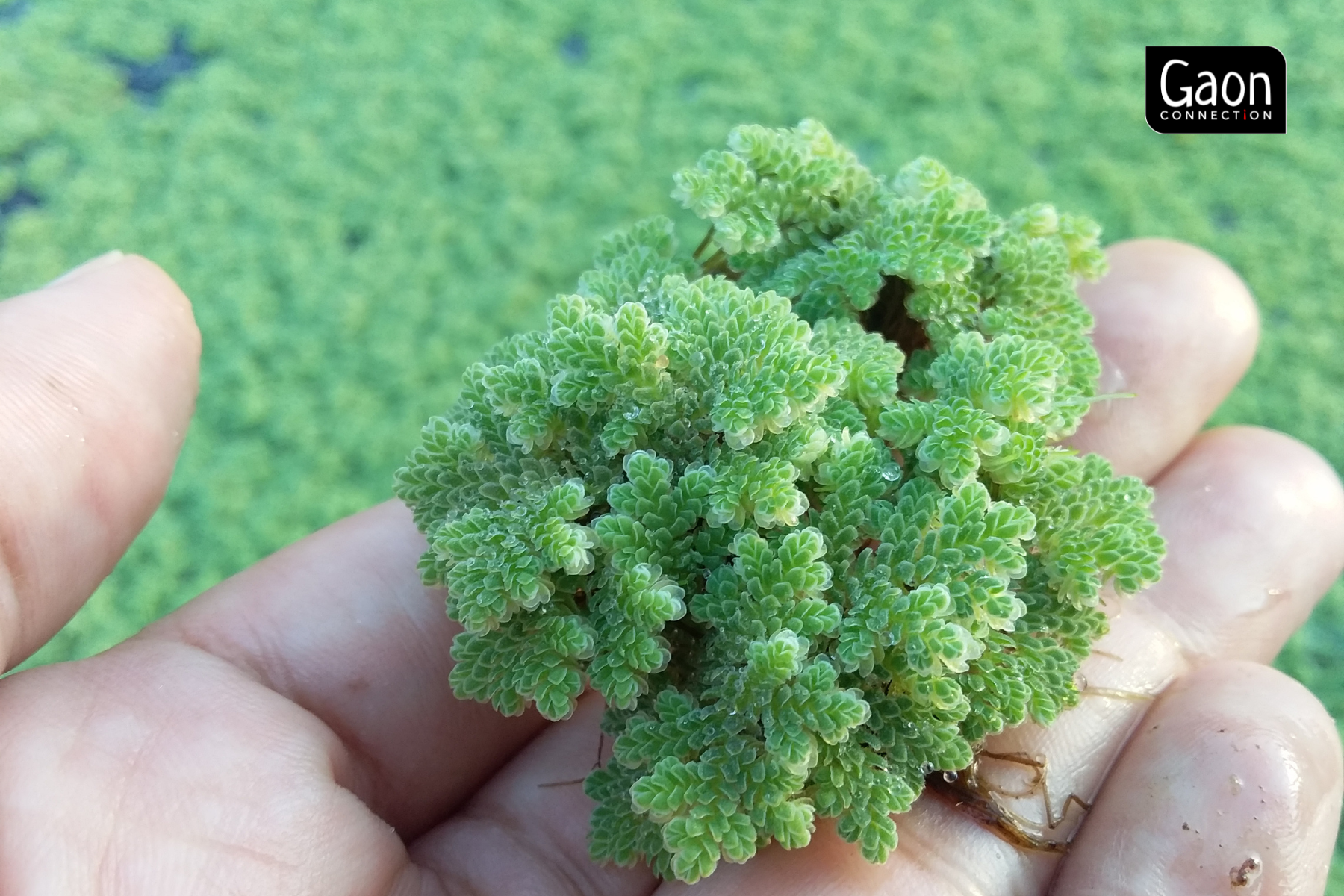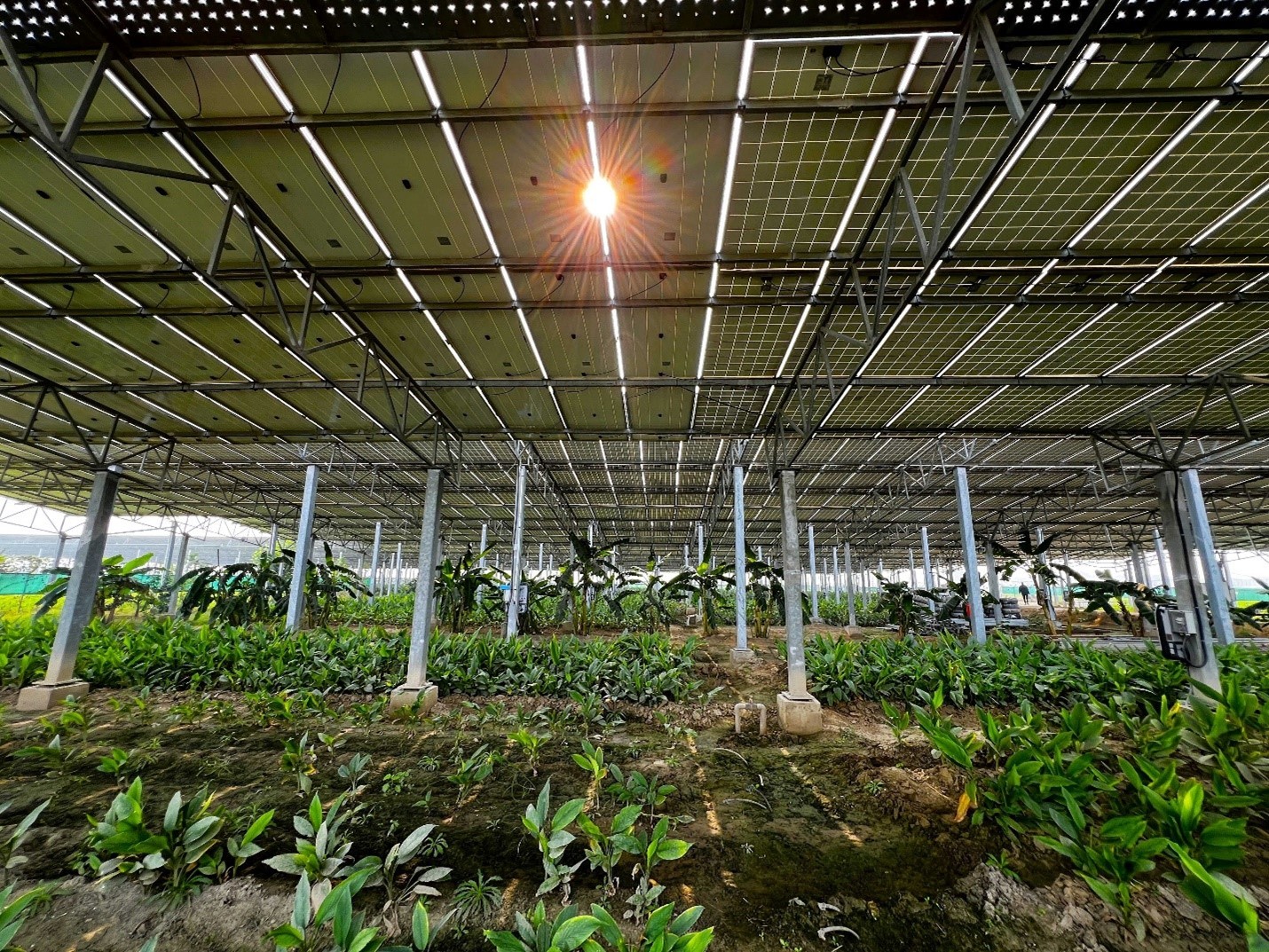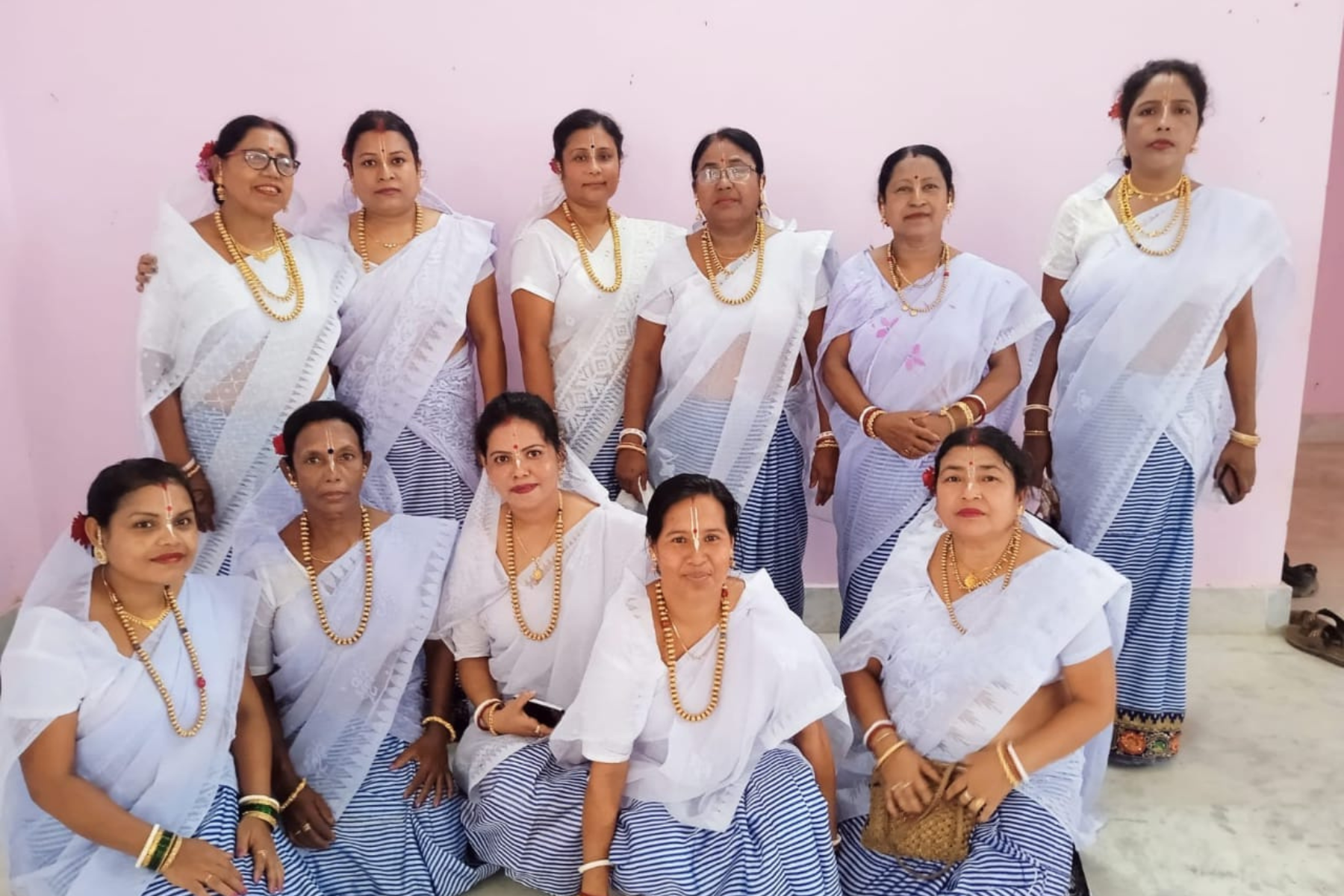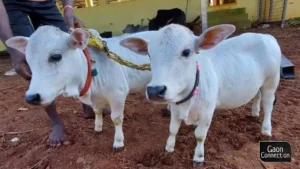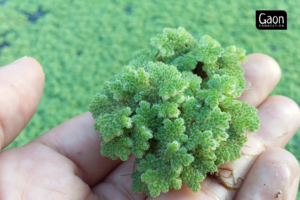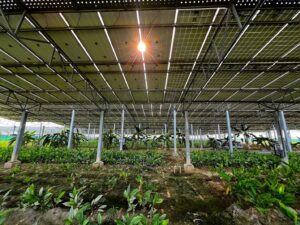Sidhi, Madhya Pradesh
Dhadhiraj Kol is an adivasi tihaiya farmer. After toiling day and night on a two-acre (0.8 hectare) field in Sadla village of Sidhi district, Madhya Pradesh, all that Dhadhiraj gets in his hand is one-third of the land’s produce grown with his sweat, blood and tears.
“From November to March, I cultivated thirty khandi [one khandi equals 60 kgs] of wheat. Of this I had to give the maharaj [landlord] twenty khandis and kept ten khandis for myself,” the 44-year-old tribal farmer told Gaon Connection. “What to do, this is our life, the life of a tihaiya farmer,” he added.
Tihaiya, as the word in Hindi means, is one-third. Tihaiya farmers are poor, landless cultivators who get into an oral contract with the local landowners. They take a piece of land from the landlord and grow crops there, of which only one-third they are allowed to keep/sell and the rest has to be deposited with the landowner as part of the tihaiya contract.
This oral contract often ends up with tihaiya farmers falling into a debt trap which, for generations, these landless farmers are unable to escape. For instance, Dhadhiraj’s father was also a tihaiya farmer who worked hard all his life in the fields of his maharaj only to earn one-third of his crop produce. Dhadhiraj wished better for his sons, but couldn’t realise his dream.
“I could not fulfil my dreams of educating my two sons. Both of them work in a sari mill in Surat, Gujarat,” the 44-year-old tihaiya farmer said. “Bade babu banana chaaha tha unko, lekin padha nahin paaya, (I wanted them to be big officers, but I could not afford to send them to school),” he regretted.
Exploitation in the garb of tihaiya contract
“Sidhi is a backward region where many farmers are constantly exploited by landlords,” Umesh Tiwari, a Sidhi-based activist with Roko Toko Thoko, an organisation that fights for farmers’ rights, told Gaon Connection.
Take the case of Dhadhiraj who cultivated over 1,800 kgs of wheat in the last season. “As per the tihaiya contract, I had to give 1,200 kilos to the maharaj and could keep only 600 kilos with myself,” he said. “Of that 600 kilos, I kept 100 kilos for my family’s use and sold the rest at Rs 19 a kilo,” he added. He also cultivated arhar dal (pigeon pea) some for his domestic consumption and the rest to sell.
“Both my wife and I toil on the fields and, after meeting other expenses, we make less than thirty rupees a day. Even construction workers earn more than us,” Dhadhiraj lamented.
Also Read: Lease farmers harvest gloom on the fertile banks of the Sirsi river
“It’s our fate to work as tihaiya farmers,” Ramvati, Dhadiraj’s wife told Gaon Connection. She works at the home of the landlord as domestic help, besides helping her husband on the fields.
Sixty-three-year-old Bhaiyalal Kol from Kubri village in Sidhi district is another adivasi tihaiya farmer. “I have to work hard for a livelihood, only then can I eat. I do not own any patta land and neither am I entitled to any support from the government,” he told Gaon Connection.
With no support from the government, tihaiyas face several challenges in farming including not being able to access DAP fertiliser, high transportation cost due to rising fuel prices, and stray cattle who destroy standing crops.
“I sell my produce to a local baniya in Kubri market. Transporting the produce to the market costs us a lot as we have to hire a tractor,” said Bhaiyalal.
Dhadhiraj said he spends several nights in the field guarding the crop from the stray cattle. “It’s very difficult for tihaiyas to get DAP from the mandi on time. Due to black marketing, we have to pay extra money for it,” he complained.
Debt trap
Most tihaiya farmers lead a hand-to-mouth existence. Their landlords are their only recourse to financial help and often, they are forced to borrow money from them which they are unable to repay. They end up being in debt and becoming ‘bonded’ labour. The terms and conditions of the loans are set by the landlords and inevitably the landless farmers and their families are exploited.
“When my wife fell seriously ill last year, I had to admit her to a private hospital. I borrowed fifteen thousand rupees from maharaj that I am yet to repay,” Dhadiraj said. He still owes Rs 8,000 to the landlord. The only saving grace is he does not have to pay any interest on the borrowed money.
However, 63-year-old Bhaiyalal isn’t that fortunate. Earlier this year, he borrowed Rs 50,000 from his landowner to get his daughter married off. “I spent nearly one lakh rupees on the wedding of which twenty thousand rupees went as dowry to her in-laws,” Bhaiyalal of Kubri village told Gaon Connection. “My son who is a driver contributed fifty thousand rupees and the rest of it I borrowed from my malik (landlord) at eighth per cent interest a month,” said the tihaiya farmer.
Bhaiyalal works on 3.70 acres (about 1.5 hectares) of land as a tihaiya where he grows wheat, urad dal (black lentil) and arhar dal on the land leased to him by the landlord. He is a worried man as he still owes the malik the entire amount he borrowed.
Besides cultivating the crops on the leased lands, these tihaiya farmers and their families are forced to build and mend fences, look after cattle and do a whole lot of odd jobs for the landlord as repayment of the loans in kind.
It is the unpaid debts to their landlords that keep the tihaiya farmers in the vicious grip of poverty and unending labour. “I will quit whenever I repay my loans. I will then work as a construction labourer,” Bhaiyalal said.
However, landlords claim it is a ‘symbiotic’ relationship between the landless farmers and the landowners. “We help out these farmers with financial assistance when they most need it. They are unable to go to a bank and apply for a loan in an emergency,” a landlord from Kubri, Sidhi, who did not want to be named, and owned 10 acres of land, told Gaon Connection. “They sometimes, in lieu of repaying us with cash, do other work like household chores for us,” he admitted.
Also Read: Debt-ridden melon farmers in Satna fall through the cracks; govt has no record of such cultivators
Unregistered and unacknowledged
There is no definitive number of tihaiya farmers in Sidhi district as they are usually not registered anywhere. Unlike patta farmers who have some lease paper to stake their claim, tihaiyas work mostly on word of mouth and trust. And this makes them even more vulnerable to exploitation.
Since these farmers do not own any land on their name, they cannot claim anything from the central government’s PM-Kisan Samman Nidhi scheme through which all landholding farmers’ families having cultivable land in their names, are paid Rs 6,000 per year.
When Gaon Connection contacted Saurabh Mishra, tehsildar of Gopad Banas, Sidhi, he said: “In a majority of the cases, tihaiya farmers do not apply for registration, and consequently, it becomes hard for the administrations to stop their exploitation.” Clarifying further, he said: “I advise all the patwaris [village registrar] to spread the word about registering tihaiya farmers at the sub-divisional magistrate offices.”.
Also Read: PM-Kisan scheme: Over 80% of nearly 10 crore registered farmers got the promised money
No compensation for crop failure
The exploitation of tihaiyas does not end here. Often due to extreme weather events such as heavy rainfall or drought, which are on the rise due to climate change, these farmers lose their crops and are unable to deposit the requisite amount of produce with their landowners. Whereas the landlords receive crop compensation from the government bodies or crop insurance agencies, tihaiyas are left high and dry with only mounting losses.
The Madhya Pradesh Bhumiswami Evam Bataidar Ke Hiton Ka Sanrakshan Vidheyak, 2016, is supposed to compensate all registered farmers, but that does not happen.
This was admitted by tehsildar Mishra. “There are landowners who do not share this compensation with tihaiya farmers in the case of crop damage. Farmers and landowners should get a signed contract from the sub divisional magistrate, but that rarely happens,” he said.
“We have organised protests numerous times to demand crop compensation from landlords when the crops are damaged by heavy rains, drought or by stray cattle,” said Umesh Tiwari, an activist with Roko Toko Thoko. However, the local administration has taken no action and the landless farmers continue to lead poor and miserable lives, he complained.
Also Read: Bamboo to boost livelihood of tribal women in Mirzapur, Uttar Pradesh


